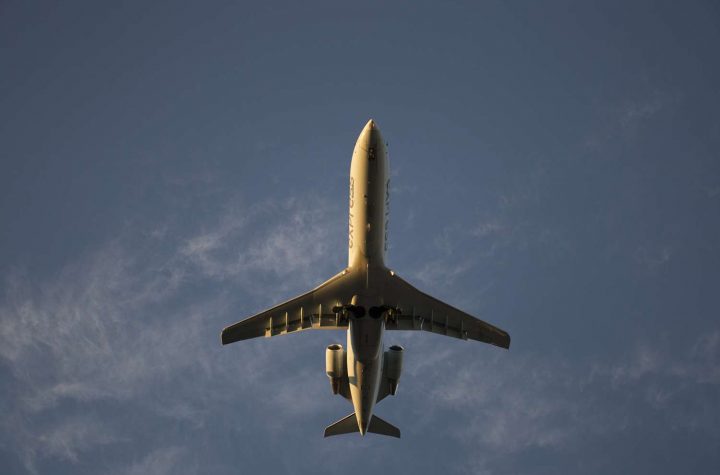- This topic is empty.
-
AuthorPosts
-
2023-10-07 at 6:40 pm #664
Hello, aviation enthusiasts and professionals! Today, we’re going to delve into the intricacies of airplane maintenance, a critical aspect of aviation that ensures the safety and efficiency of every flight.
Airplane maintenance is a broad term that encompasses a variety of procedures, all of which are designed to keep an aircraft in optimal operating condition. These procedures range from routine inspections and servicing to major overhauls and repairs.
Routine inspections, also known as line maintenance, are performed frequently, often after every flight, daily, or at specific flight-hour intervals. These inspections primarily focus on the aircraft’s operational condition, checking for any visible issues such as tire wear, fluid leaks, or damaged components.
Periodic checks, or base maintenance, are more comprehensive and are usually scheduled based on the number of flight hours, flight cycles, or a specific time period. These checks, categorized as A, B, C, and D checks, involve a progressively more detailed examination of the aircraft.
A and B checks are relatively minor, focusing on the aircraft’s operational aspects and basic structural integrity. C checks, however, are much more extensive, requiring a large part of the aircraft to be disassembled for thorough inspection and repair. D checks, also known as heavy maintenance visits (HMV), are the most comprehensive and time-consuming. They involve a complete disassembly and inspection of the aircraft, often taking up to two months to complete.
The maintenance of an airplane’s engine, arguably its most critical component, is a specialized field in itself. Engine maintenance involves routine inspections, performance monitoring, and repairs. Modern aircraft engines are equipped with digital engine control systems that continuously monitor and record engine performance data. This data is invaluable for predictive maintenance, a proactive approach that identifies potential issues before they become major problems.
Another crucial aspect of airplane maintenance is the upkeep of avionics, the electronic systems used for communication, navigation, and flight control. With the advent of NextGen and SESAR initiatives, the importance of maintaining advanced avionics systems in compliance with evolving regulations cannot be overstated.
Airplane maintenance also involves the management of aging aircraft. As an aircraft ages, it is more susceptible to structural fatigue, corrosion, and system obsolescence. Therefore, aging aircraft require special maintenance procedures to ensure their continued airworthiness.
In conclusion, airplane maintenance is a complex, multifaceted process that requires a high level of expertise and precision. It is a testament to the aviation industry’s unwavering commitment to safety and reliability. As technology advances and regulations evolve, the field of airplane maintenance will continue to adapt, ensuring that every flight we take is as safe as possible.
Remember, the next time you step onto an airplane, a team of dedicated maintenance professionals has worked tirelessly behind the scenes to ensure your journey is smooth and safe.
Stay tuned for more insights into the fascinating world of aviation!
-
AuthorPosts
- You must be logged in to reply to this topic.


